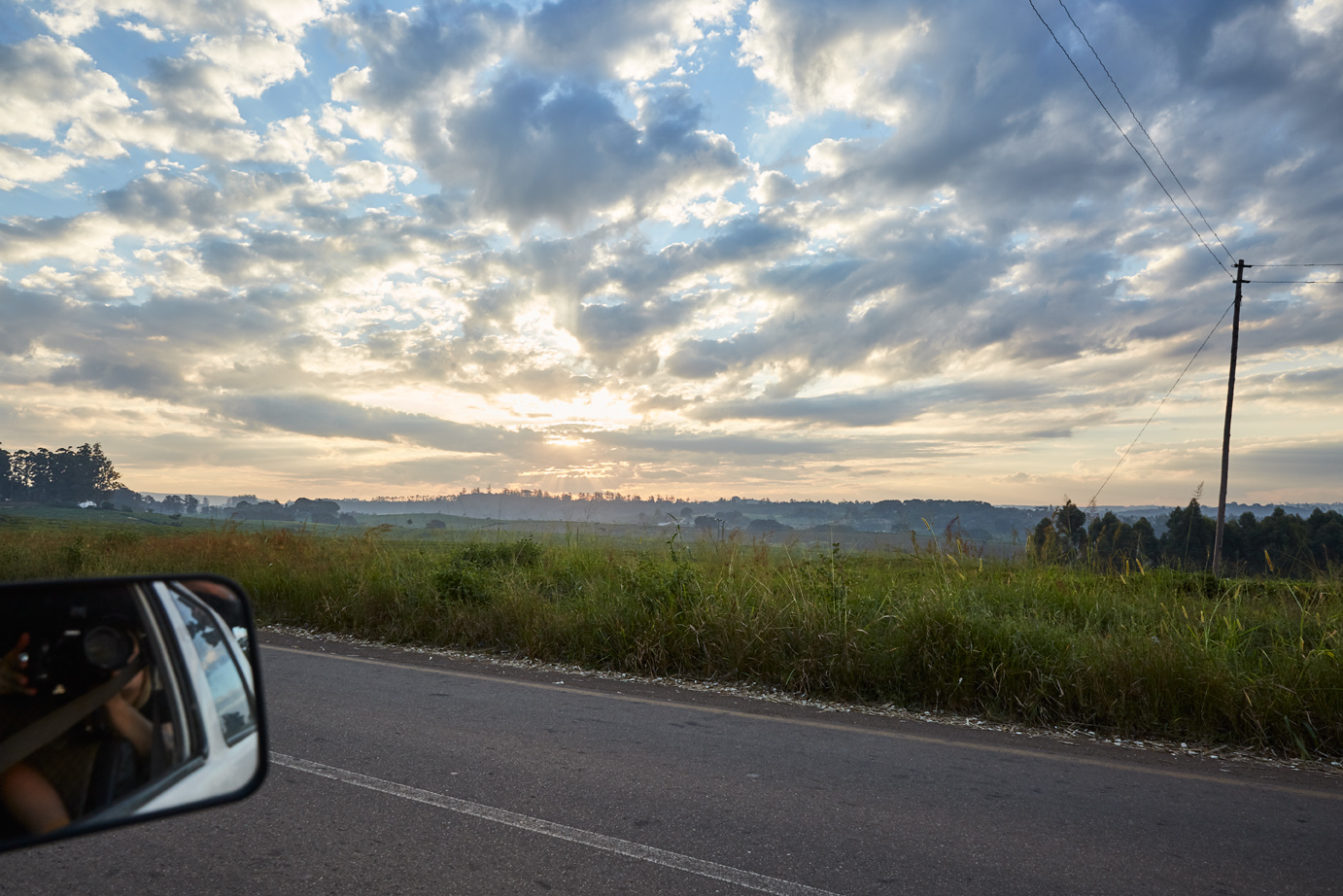The warm heart of Africa
Malawi is a landlocked country, sandwiched between Mozambique, Tanzania and Zambia. It’s primary tourist attraction is Lake Malawi, which at 580km long, covers over a third of the country. Of Malawi’s 16 million inhabitants, more than 1 million are orphans. Three quarters of the population is dependent on agriculture and farming, which consists of tobacco, tea, coffee and sugar, almost of of which is meant for export. This, together with the fact that it, unlike many other African countries, has no mineral resources, and little to no industry, makes Malawi one of the poorest countries on earth.





About 74 per cent of the population still lives below the income poverty line of US$1.25 a day and 90 per cent below the US$2 a day threshold, and less than 12 per cent of Malawians have access to credit. Education, a major driver of relative wealth, is highly inequitable as well. Almost 30 per cent of poor children do not even start primary school, which is free in Malawi. Secondary and higher education is largely confined to non-poor households, mainly due to the required enrolment fees, and only 10 per cent of high school graduates manage to find employment.
Infant mortality rates are high in Malawi, and life expectancy at birth is 50 years old. Although the number of new cases of HIV/AIDS has been dropping steadily since 2000, almost 10% of the population is still infected with the disease, and at least 70% of Malawi's hospital beds are occupied by HIV/AIDS patients.
However, despite its many challenges, Malawi remains a beautiful, magical place. The Lake, as it is referred to locally, is a sight to behold, and Malawians are amongst the warmest and most welcoming people in Africa.

